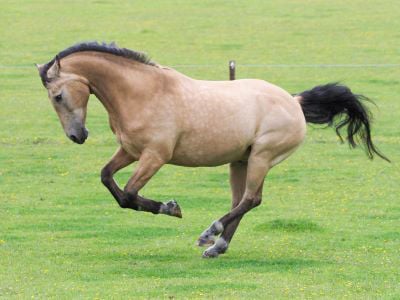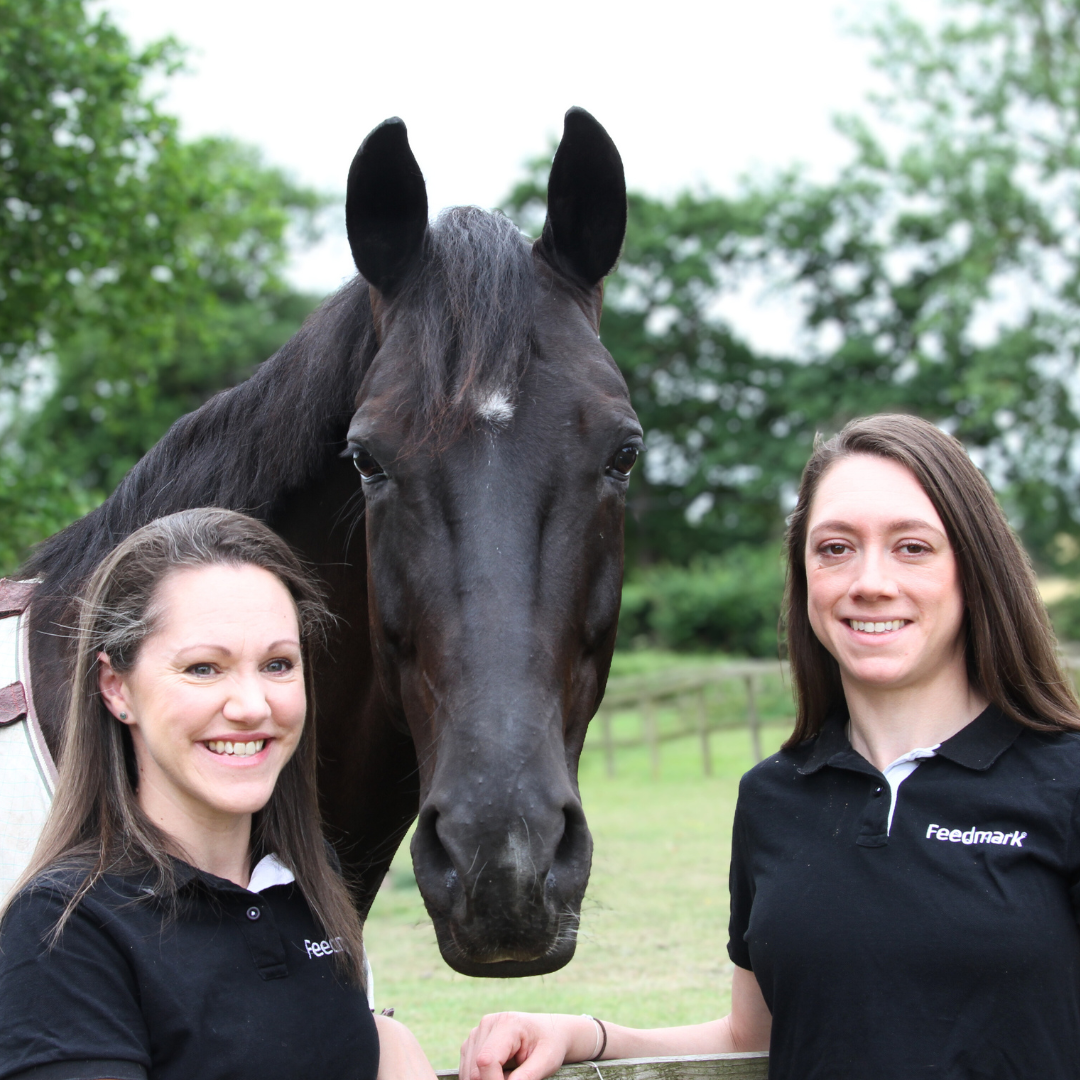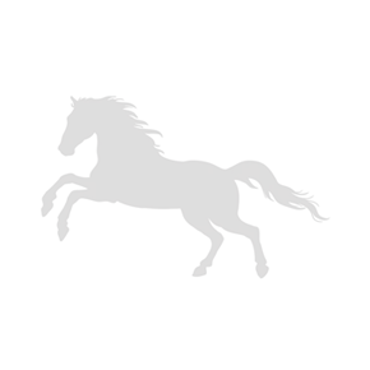Taking on an ex-racehorse, especially if they’re newly retired from racing, can be an extremely rewarding and enjoyable journey. With the change in career comes a whole host of new experiences for the horse, not least stable management, routine and of course nutrition.
Racehorses are commonly fed high intakes of cereal-based feeds and have limited turnout time, if any. Combined with an extremely high workload and possible mental stress, the prevalence of ulcers in active racehorses is estimated to be as high as 80-90%. Although the risk of ulcers lowers significantly as a leisure horse, it would be wise for any new owner to be on the lookout for any signs of ulcers and treat accordingly.
Making Changes
High energy, high cereal feeds are unlikely to be required post-racing, and the aim should be to provide as much energy as possible through forage, highly digestible super fibres and, if required, high oil feeds such as milled linseed, copra (while being mindful of the calcium: phosphorous ratio) or oils. Reducing stress levels is also a key part of ulcer management, and although the picture of a happy relaxed horse out in a paddock may seem like the ideal, such a drastic change of pace may prove more stressful in the short term. Racehorses are used to very strict routines regarding stable management, feed times and exercise. Changes to management practises, including turnout time, may need to be done even more gradually to allow the horse time to get used to a new, slower pace of life. If the horse hasn’t had much turnout, do bear in mind that suddenly increasing paddock time will also be a considerable change to their diet as they will be consuming far more grass then previously. As their workload is likely to have dramatically reduced, so will their energy requirements. If they are increasing turnout time, they’ll be getting more energy from grass than previously, though their energy requirements are lower. Tempting as it would be to cut out or change feed at the same time, it would be less disruptive to keep the feed, and ideally feeding time, the same and reduce the quantity. Adding in a vitamin and mineral supplement will ensure the horse is still receiving the full spectrum of vitamins and minerals even though they won’t be having the recommended amount of hard feed. After a few weeks, once the horse has settled a little into their new home, the feed can then be changed to something more appropriate.

While stress impacts gastric health, this relationship also goes the other way with the gut microbiota known to influence behaviour through the gut:brain axis. The vagus nerve that runs from the gastro-intestinal system to the brain is an information highway, but the gut microbiota itself also influences brain chemistry. As fibre is digested by the mixture of bacteria, viruses and fungi in the hind gut they produce post-biotics. Some of these fibre metabolites can be absorbed into the blood stream and travel to various tissues, including the brain, where they act as neurotransmitters in their own right or can be precursors to hormones and signalling molecules produced by the horse. Research has demonstrated that these post-biotic compounds play a role in mood stability, emotional regulation and even cognitive ability or learning.
Summary
Starting a racehorse in a new career can be a wonderful experience for both horse and owner alike. As well as the obvious change in their ridden work, almost every other aspect of the life they’ve always known is likely to alter too. In order to avoid unnecessary mental and physical stress all changes should be made gradually, one at a time where possible. Nutritional requirements are likely to evolve dramatically and looking after the gastro-intestinal system from ulcer prevention (and veterinary treatment if necessary) right through to hind gut health can have a major role to play in retraining racehorses and setting them off on the right hoof for their new careers.



